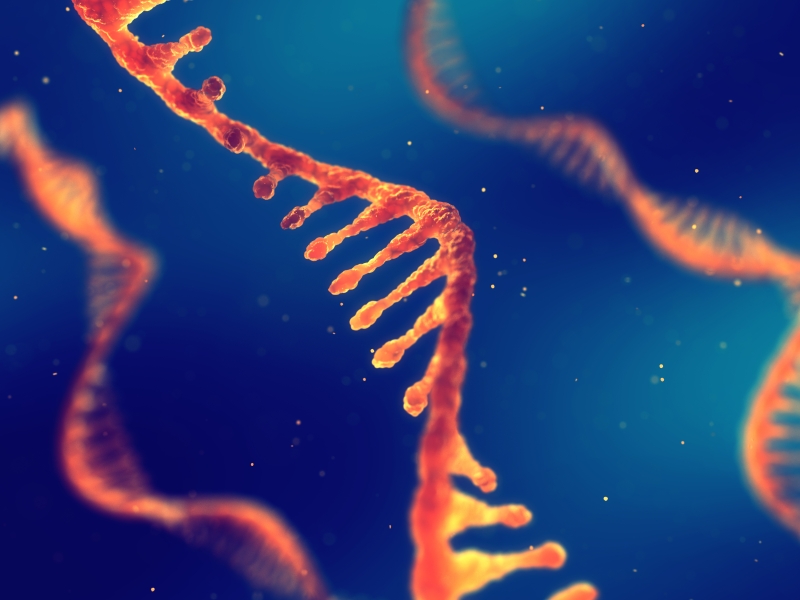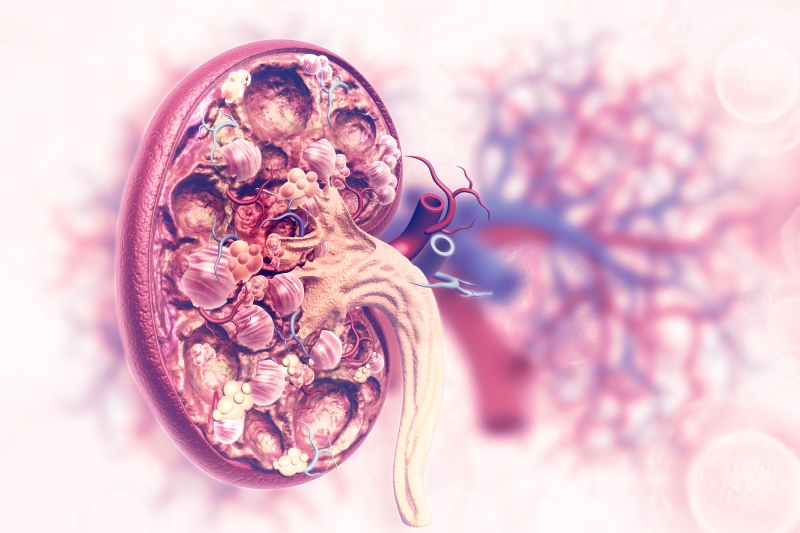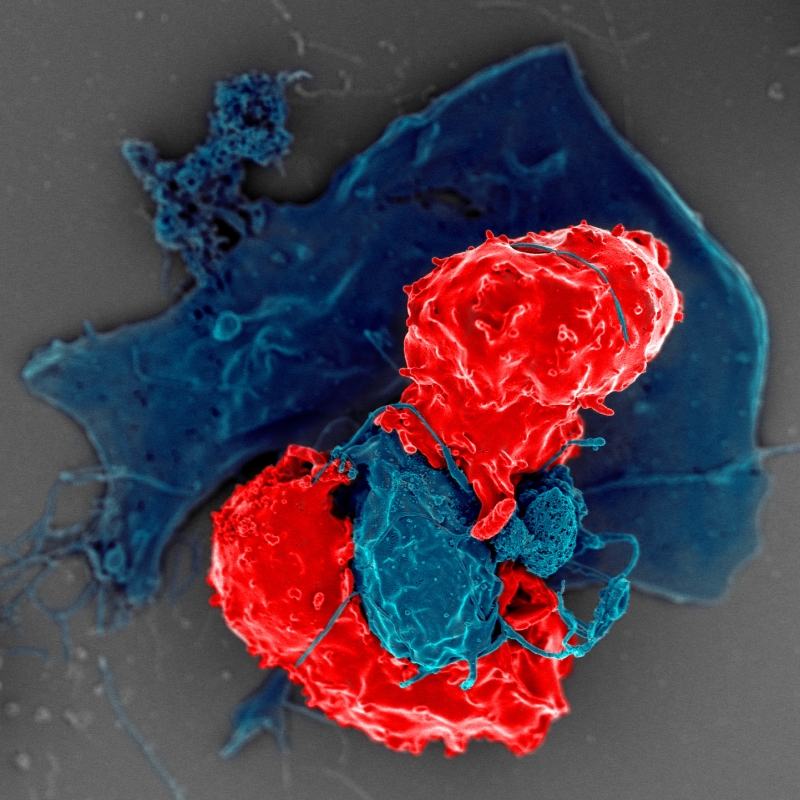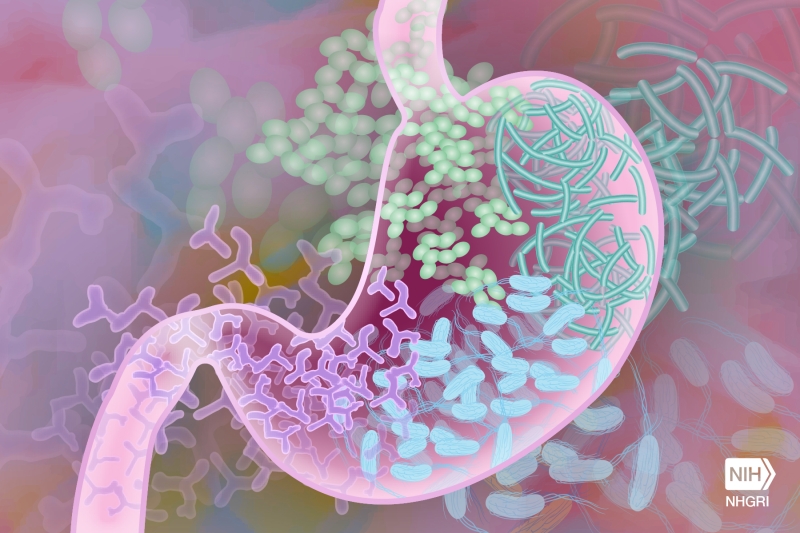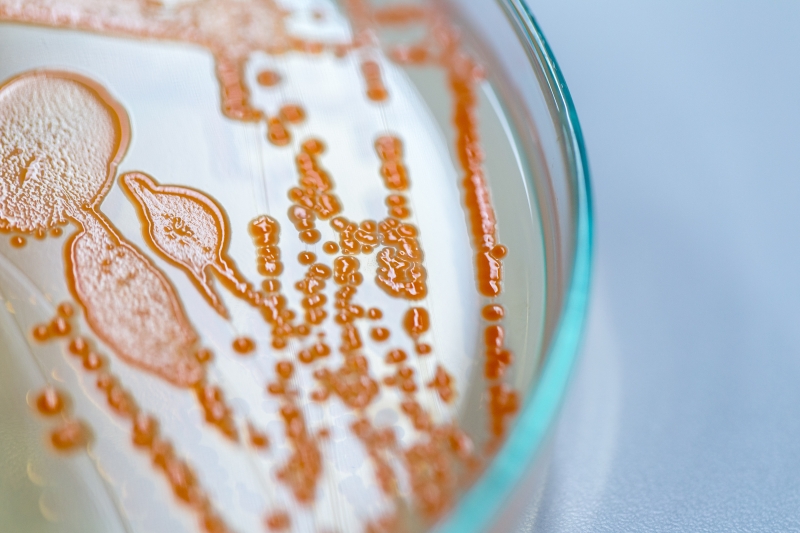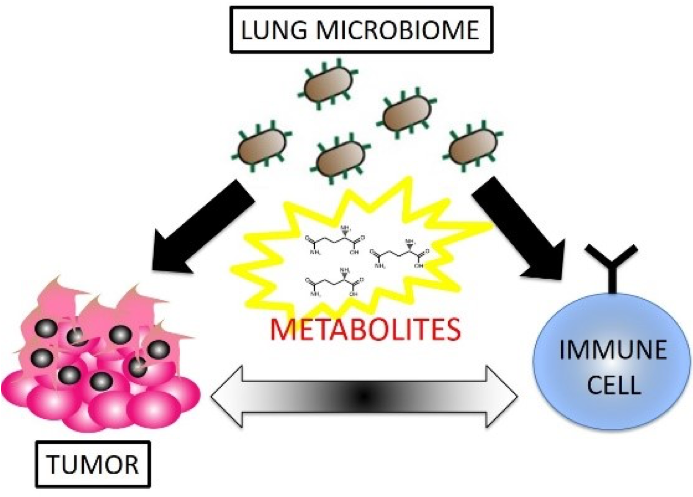Aberrant translational control is emerging as a key feature of tumorigenesis and tumor progression across cancer types. The 4EBP1/eIF4E axis, in particular, is a major regulator of translation initiation and driver of oncogenesis. The oncogene eIF4E binds to the 5’-cap of mRNA to initiate translation by recruiting the eIF4F complex, which comprises the scaffolding molecule eIF4G and the RNA helicase eIF4A. 4EBP1 is an antagonist of mRNA translation and prevents eIF4F complex formation. 4EBP1 is phosphorylated and inhibited by the mechanistic target of rapamycin (mTOR) kinase complex 1 (mTORC1). These downstream translational effectors play critical roles in the progression of many human cancers by promoting the expression of cancer-promoting proteins such as oncogenes and growth and survival factors.
The Garner lab is collaborating with the Natural Products Discovery Core to discover and develop drug-like inhibitors that can precisely target the eIF4F complex, including stapled peptides that target eIF4E protein-protein interactions (PPIs). With the goal of identifying small molecules targeting eIF4E, we recently completed a high-throughput screening campaign of drug-like compounds from the Eli Lilly Biology Interrogation Cassette (BIC) and a marine natural product extract library housed within the Center for Chemical Genomics using an assay previously developed by our group. Although no small molecule hits were identified from the BIC set, several promising natural product extracts were identified. Based on the success of natural products in targeting classically “undruggable” proteins, such as eIF4E and its PPIs, we will identify eIF4E inhibitory small molecules using bioactivity-guided natural products discovery. We also will characterize eIF4E inhibitory natural products using biochemical, biophysical and cellular assays.



